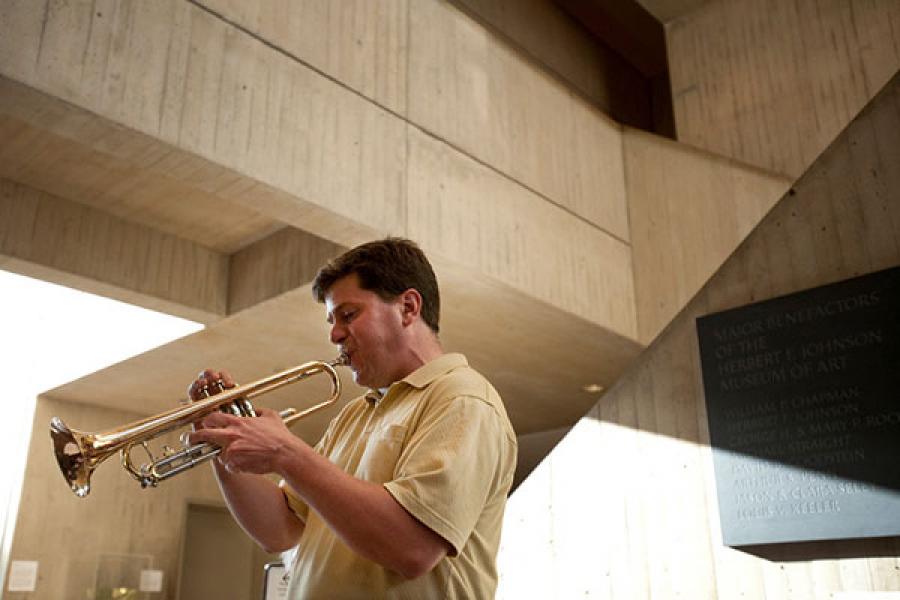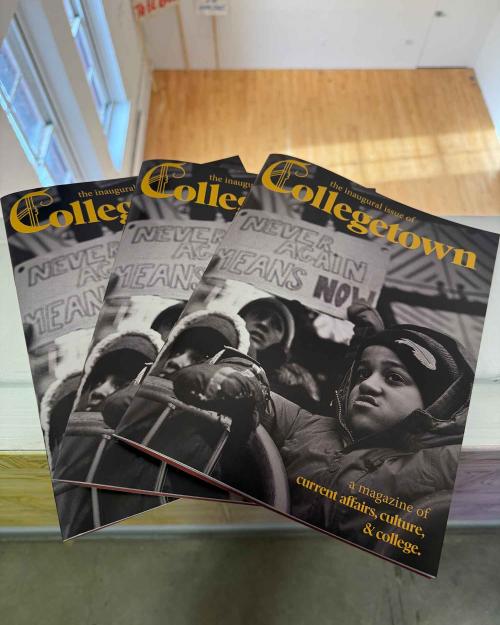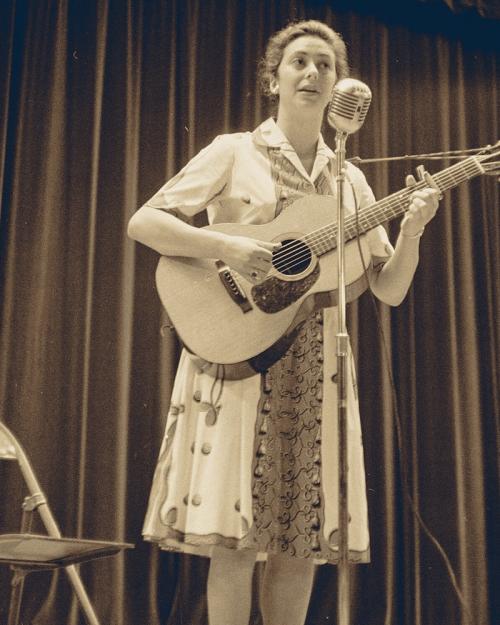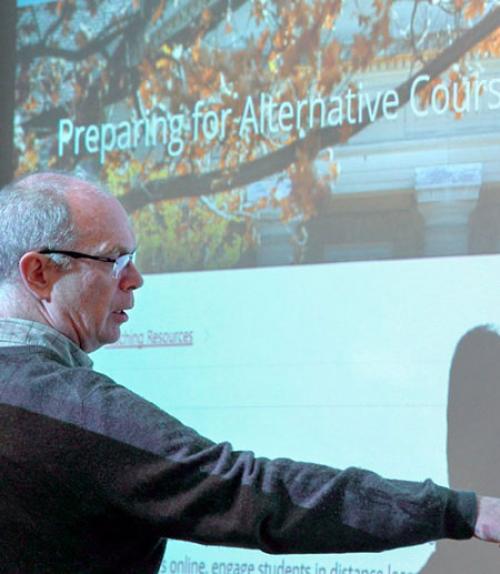An interactive economics class will be held on Zoom, with breakout rooms where small groups of students can collaborate virtually.
A music performance class will be built around an original student composition, with individual elements posted online as the piece takes shape.
And students in a physics lab will conduct experiments with household items, aided by the array of sensors available on their phones and laptops.
These are among the innovative solutions faculty members are developing – in conversations with deans and department chairs, staff in the Center for Teaching Innovation (CTI) and, of course, each other – as they prepare for the shift to virtual learning April 6.
“The sudden switch from a face-to-face class to an online format is a big challenge for all of us,” said Julia Thom-Levy, vice provost for academic innovation and professor of physics in the College of Arts & Sciences. “For our students, the value of having in-person instruction and having peers around is enormous. Faculty are doing their best to offer technology options that can go a long way toward facilitating interaction.”
CTI, CIT, Cornell University Library and others are collaborating to extend support at the college and department levels. eCornell’s expertise, resources and existing online materials are in place to support faculty as they move to remote instruction. Helping faculty prepare – whether they’re veteran users of educational technology or have yet to log into an online learning platform – has become the top priority for these units.
“We’re asking faculty to think about how they’re interacting with students and how students are interacting with each other in their current courses,” said Robert Vanderlan, CTI senior associate director. “Then think about what’s most valuable to the student learning and how best to translate that online.”
For example, a seminar would likely work best as a Zoom session, where students and an instructor can see each other and rapidly share ideas. For a course that relies more on lectures, recording talks ahead of time and posting them online, along with related exercises and virtual office hours, might be a better option. But whatever specific format instructors choose, enabling communication and community is key to success, Vanderlan said.
“Faculty have spent all semester building community in their face-to-face classrooms, but we can’t assume that will duplicate online – especially after the break,” he said. “We know that students succeed in online environments when they feel connected to the course, to the instructor and to the other students. And so creating discussion forums where they can talk to each other, or creating group work or other ways for them work together is going to be really important.”
That’s something Doug McKee, senior lecturer of economics in the College of Arts and Sciences (A&S), learned the first time he taught online – and something he now incorporates even in his in-person classes, where he always offers to help connect students with each other for studying or group projects.
“It really opened my eyes to the needs that students had for help with social networking,” said McKee, whose 130-student applied econometrics class will now take place via Zoom, with clickers for students to respond immediately to polls or questions, annotated slides, breakout rooms for group work and recorded lectures for those in different time zones. “Online we can replicate almost all of the best features of even a very interactive classroom.”
Keeping students connected is good not only for learning, McKee said, but for their well-being.
“A remote class can be very in-person,” he said. “There’s all this talk about social distancing, and I think it would be better if we called it physical social distancing. Because I think we need a lot of virtual social contact, which is quite healthy and good, and we certainly have the tools right now to provide it.”
Cornell’s recent move to Canvas as its online teaching platform is making some preparations easier, Thom-Levy said. Many instructors have already been thinking about ways to incorporate its tools, such as Zoom for videoconferencing and Panopto for recording, into their teaching. The team that has been working with faculty members for the past year to familiarize them with Canvas is still active, providing another resource for this transition.
Less-traditional courses, such as performance or community-based classes, can be more challenging to replicate online, but faculty in similar fields at Cornell and around the world are drawing inspiration from each other, Vanderlan said.
“Every university is going through this, so disciplines are really stepping up in various ways,” he said. For example, a nationally broadcast Zoom session held last week focused on teaching dance online. “People are putting a lot of thought into this and sharing that knowledge with the world.”
Some instructors will use GoPro cameras in the field so students can follow their explorations; others will send students experimental data to analyze. Natasha Holmes, the Ann S. Bowers Assistant Professor in A&S, will help her physics students conduct open-ended, hands-on experiments using the materials around them.
Paul Merrill on trumpet at the Johnson Museum. Credit: Jason Koski/Cornell University
Paul Merrill, Senior Lecture in music and the Herbert Gussman Director of Jazz (A&S), will assign essays, performance reviews, video journaling and remote recording to many of the students in his music seminars] performance classes. And because music performance requires what Merrill describes as "a two-way, real-time negotiation with the language of sound," Merrill will also work with his senior students on a collaborative composition: student-musicians will submit ideas by video, manuscript, or audio to be assembled by the class and then recorded remotely as a capstone project.
"This kind of approach has been common practice in the recording industry for some time," said Merrill, so that students will have an opportunity to experience how professionals collaborate. He plans to take the typical approach one step further, though, continuing the feedback loop from performer to composer and performer to performer, enabling the composition to evolve as each musician contributes new or revised content.
“How accurately can we slow down the improvisational process and to what end?” Merrill said. “How will the composition morph and change? Will the performers ever be satisfied with the result? Will the lines of improvisation and composition be blurred? Changed somehow? What can we learn about real-time music-making along the way? I don't know and I'm excited to find out."





